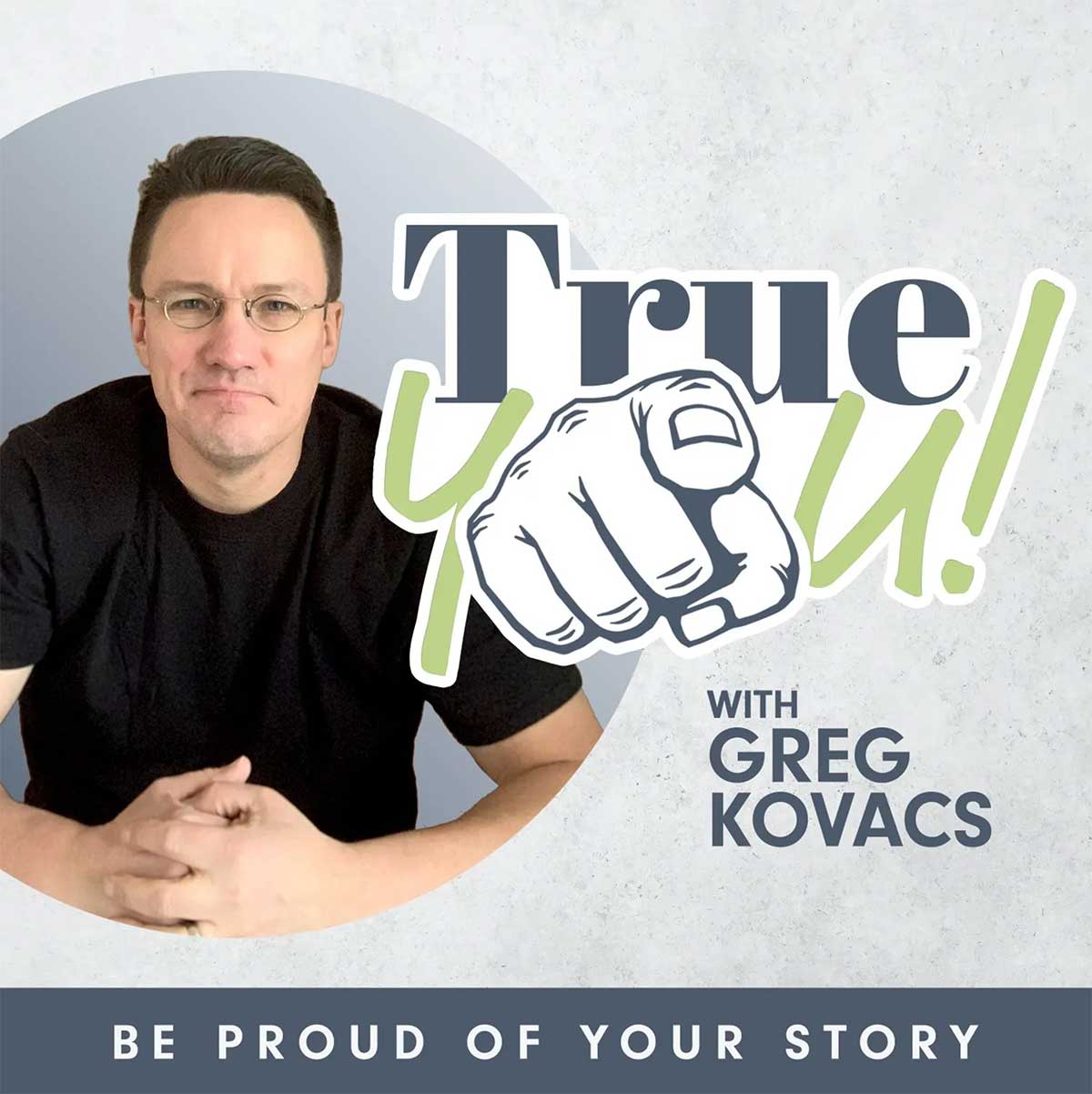
How to Live with Viv
Episode Description
My next guest is all about authenticity. One interesting thing about authentic people is that you can identify them quickly. They have an energy that makes others want to be around them; they’re like magnets.
Without saying it, sometimes without even knowing it, we are all striving to become our most authentic selves. And the process of becoming our truest selves has been studied for decades. Erik Erikson was a developmental psychologist from the 1960s who put quite a lot of effort into understanding how we can stay true to ourselves in the face of so many outside factors that want to pull at us to be something different; that challenge us to remain true to our beliefs, our values and that want to distract us from our life goals.
I often imagine our truest self to be a perfectly round ball made up of loose parts connected on the inside with rubber bands, so the parts can temporarily pull away from the core then fall back into place when whatever was pulling at it goes away. And the goal is to never let a part of that core self get pulled too far for too long by some outside force and to not let that sphere stay out of shape for any longer than we want it to be. And when we have full and total control of the shape of that sphere, we have reached the holy grail of authenticity; we have become our truest self.
We usually experience our truest selves in kind of fleeting glimpses somewhere in adolescence. But most of us didn’t stay there for very long. Even as adults most of our spheres look like one of those plastic spherical puzzles that you take apart and have to put back together again. Except for some it never really gets put back together perfectly. That’s because it’s hard to be our truest selves. And I would argue that it’s harder today than it ever was!
One of my favorite shows growing up was Little House on the Prairie. I liked it for the same reason that kids love tree forts and big cardboard boxes: for the solace of being within a confined, controllable, and manageable space where nothing is pulling at us and where we can be our truest selves.
The folks in that little house on the prairie were kind of isolated. Their families and close friends were their primary supports. They tended to hold a single job for a lifetime usually and their parents and grandparents usually did the same work. They met a fewer number of people each day, and those that they did meet likely held similar beliefs and values. It was safe; it was
manageable. It was one socially confined cardboard box.
But society today isn’t like that; we are progressing. We’re expanding. We now have text messaging, cell phones, Facebook, Twitter, Blogs, and email. We travel huge distances
physically and virtually. We change jobs. We change partners. We relocate more frequently. We meet sometimes hundreds of people each day, each with different perspectives, values, and
opinions. While exposure to that kind of diversity offers vibrancy and healthy challenges to stuck ways of thinking and being, we need to remember that rapid and continual challenges to our values and beliefs can contribute to confusion and unpredictability and uncertainty, like an assault on our psychological moorings. This can cause that sphere of self to remain chronically out of shape. And when we feel constantly pulled apart from who and what we truly want to be, we feel it. And it’s not a good feeling.
It seems no coincidence that rates of uncertainty and unpredictability have increased quite a lot in the past ten years. Ironically, in this age of social opportunity, our kids leave the house less frequently. In the past ten years, rates of volunteerism amongst adolescents has decreased. We’ve gone from kick-the-can, whiffle ball, and family mealtimes, to iPhones, Facebook Live, and Blog Posts. We download books, instead of going to the library which is one of our community’s social hubs!
What we’re doing is seeking solitude in reaction to the social complexiti…




